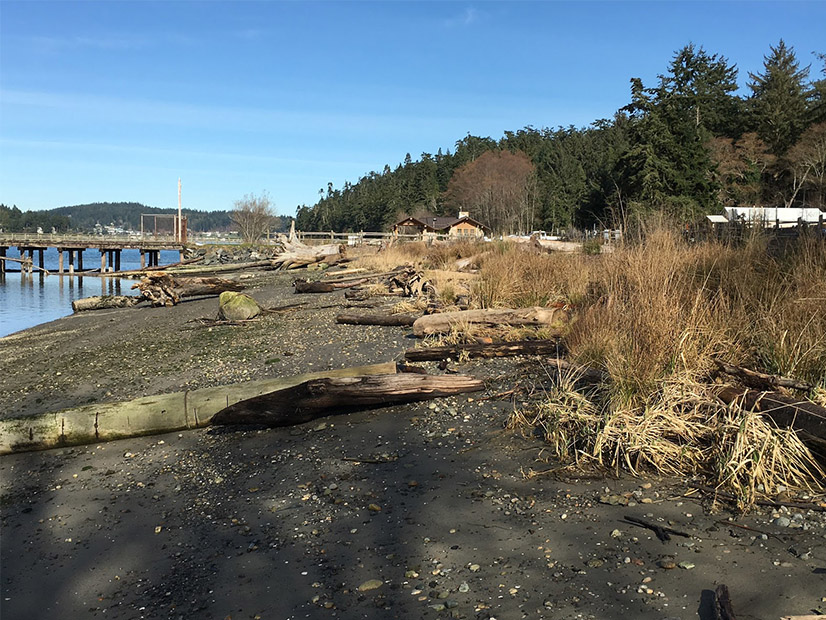
Washington’s House Democrats have resurrected last year’s stalled attempt to add climate change mitigation to land use planning.
In the first action on the legislation this year, the House voted 57-41 along party lines Friday to resend House Hill 1099 to the state Senate. Last year, the House approved the same bill 56-41 only to have the legislation stall in the Senate Transportation Committee, then chaired by moderate Sen. Steve Hobbs (D). (See Sponsor Plans to Revive Stalled Wash. Land Use Bill.)
Hobbs has since been appointed Washington’s secretary of state, and a more left-leaning Sen. Marko Liias (D) is now chair of the transportation Committee, improving prospects for the bill.
Last year, the bill by Rep. Davina Duerr (D) successfully made it through the Senate’s Housing and Local Government and Ways and Means committees before being held up. It must go through the same three committees again this year.
Duerr’s bill would add climate change as a factor in Washington’s Growth Management Act, which governs land-use planning by city and county governments. The bill would require comprehensive plans, development regulations and regional plans to support state greenhouse gas emission targets and improve resilience to climate impacts and natural hazards.
Her bill would have required climate change to be considered in land use and shoreline planning for the largest 10 of Washington’s 39 counties and in cities of at least 6,000 people. Washington’s 10 largest counties cover Puget Sound, Spokane, the Yakima River Valley and the Washington-side suburbs of Portland, Ore. A legislative memo said 246 county and city governments would be affected, including 110 jurisdictions outside the 10 most populous counties.
The bill calls for the state’s Department of Commerce to set guidelines by 2025 on how those areas can reduce GHG emissions and vehicle miles traveled. Because 40 to 45% of Washington’s GHGs come from motor vehicles, traffic issues would become a major priority in those guidelines.
“Planning should be about the future. It needs to be about improving the quality of life for our kids,” Duerr said in a press release. “That means reducing our contributions to climate change and planning our communities so they are better protected against disasters like flooding, fires and heat events. It also means creating livable, walkable communities as opposed to expensive urban sprawl.”


